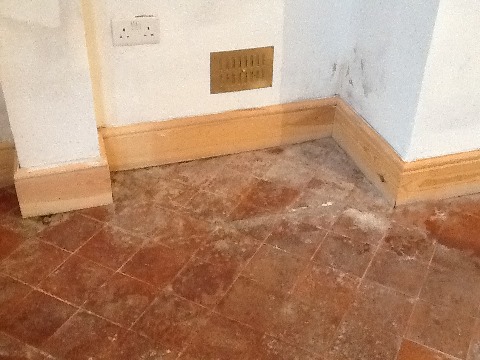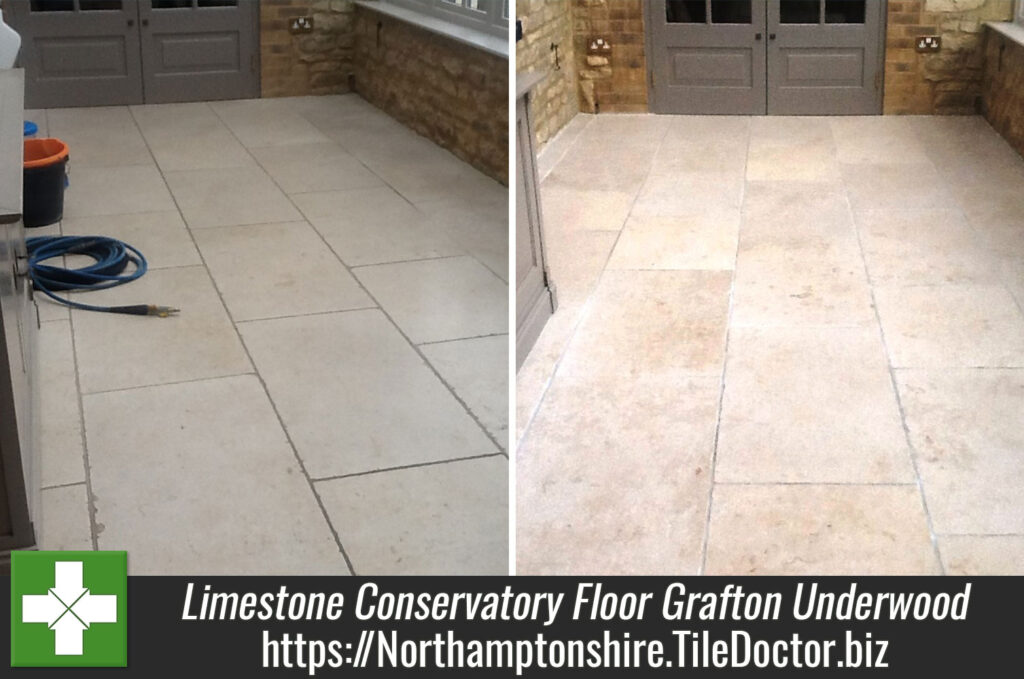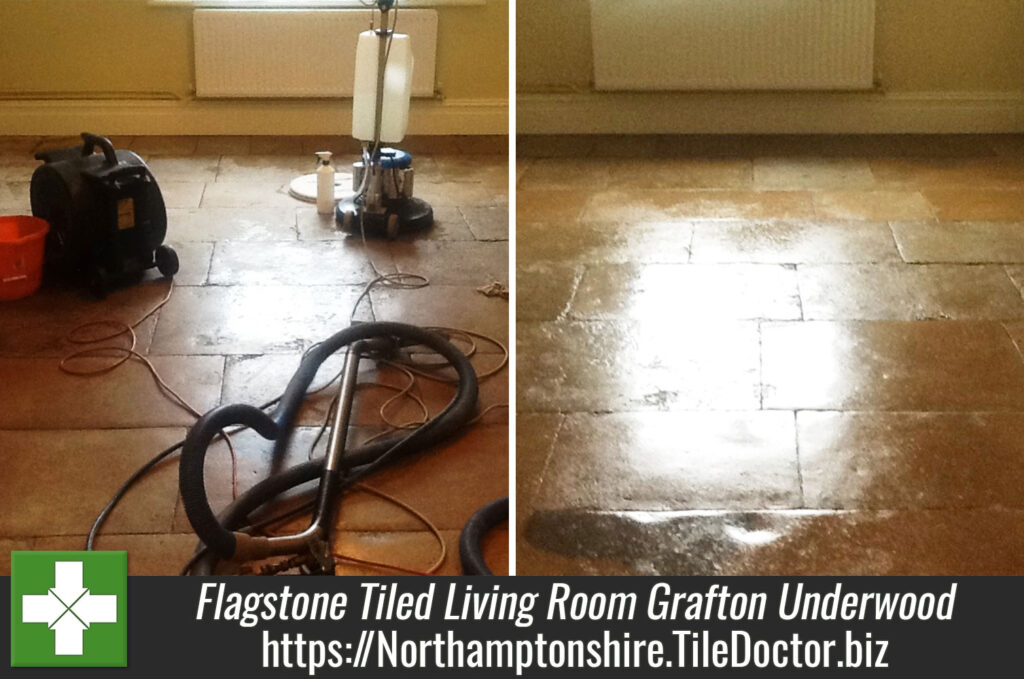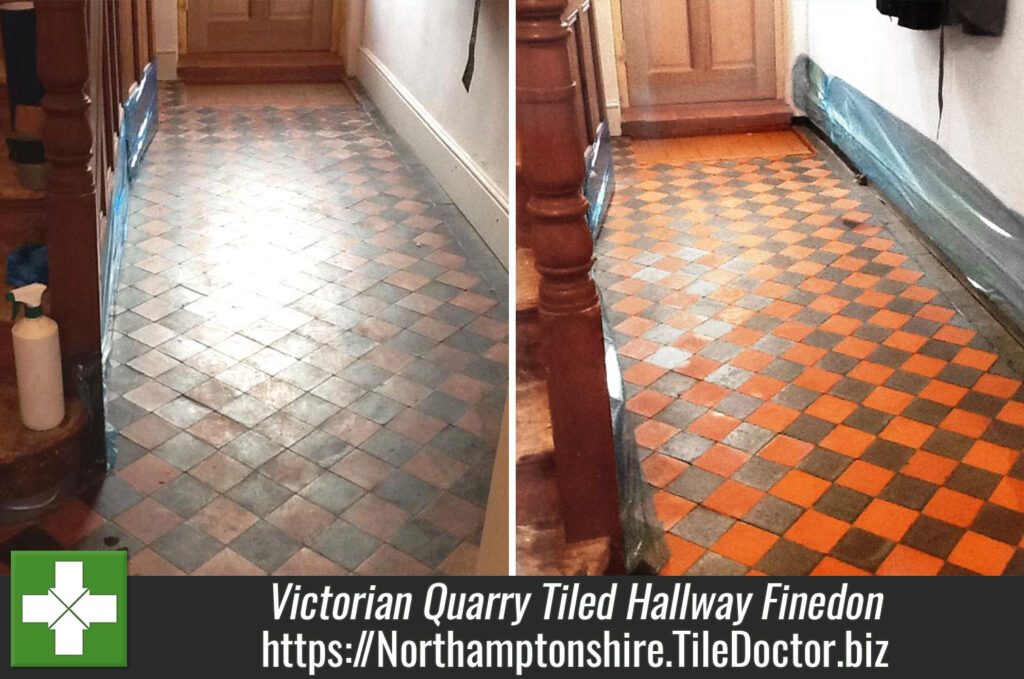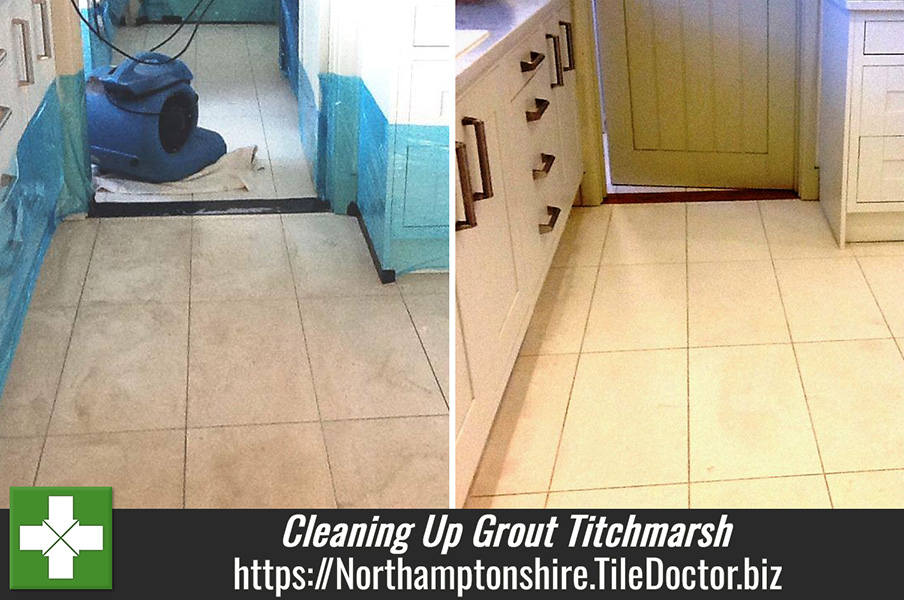350-Year Old Original Quarry Tiles Salvaged and Restored in Ringstead
It’s not every day that I get to work on a 350-year old property, however, not too long I was contacted by a client who was in the process of renovating one in the village of Ringstead, complete with an original Quarry tiled floor.
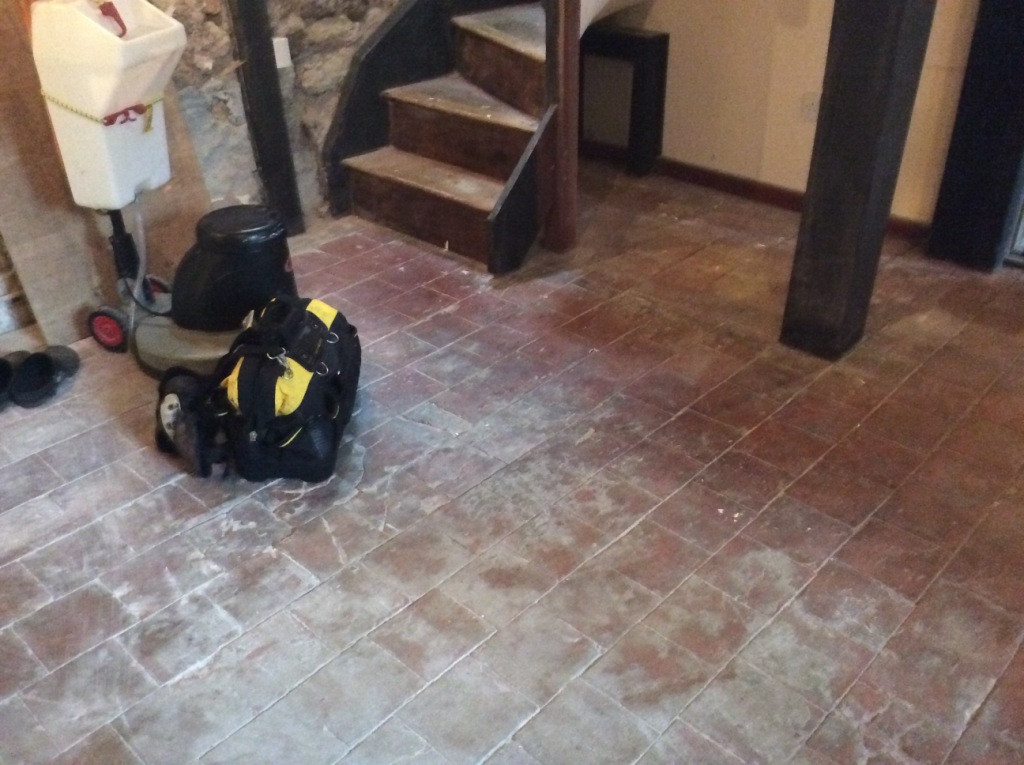
As a passionate renovator, the client treats restoring old properties as a labour of love, and only recruits professional help when he really needs it, so it was a real compliment to be consulted to see if the floor was salvageable. I’ve worked on floors in an equally bad state before so I was confident it could be restored, I provided a quote which was accepted and a date was agreed to start the work.
Cleaning 350-Year Old Quarry Tiles
Upon arriving at the property, my first course of action was to run my rotary machine, fitted with a dry concrete cleaning brush, over the entire area to remove dust and etch the area to allow the cleaning products to permeate the surface of the screed. I then vacuumed the area thoroughly before applying Tile Doctor Acid Gel across the entire area.

To complete the cleaning process, I used a long handled scraper to score along the top of the remaining concrete and break it down by applying Tile Doctor Grout Clean Up, which is essentially the liquid version of Acid Gel. I carried out this action twice to ensure the removal of all the concrete.

Sealing 350-Year Old Quarry Tiles
The floor was then allowed to dry for 4 days; properties of this age have no damp proof membrane to the this provided time to allow excess moisture to evaporate following the cleaning.
Returning to the property, I ran some quick deal tests to check that the Quarry tiles were ready to sealed. Once I was satisfied with the condition of the floor I proceeded to apply two coats of Tile Doctor Colour Grow, our impregnating, breathable sealant which offers provides robust protection and enhances the natural reddish shades in the Quarry.
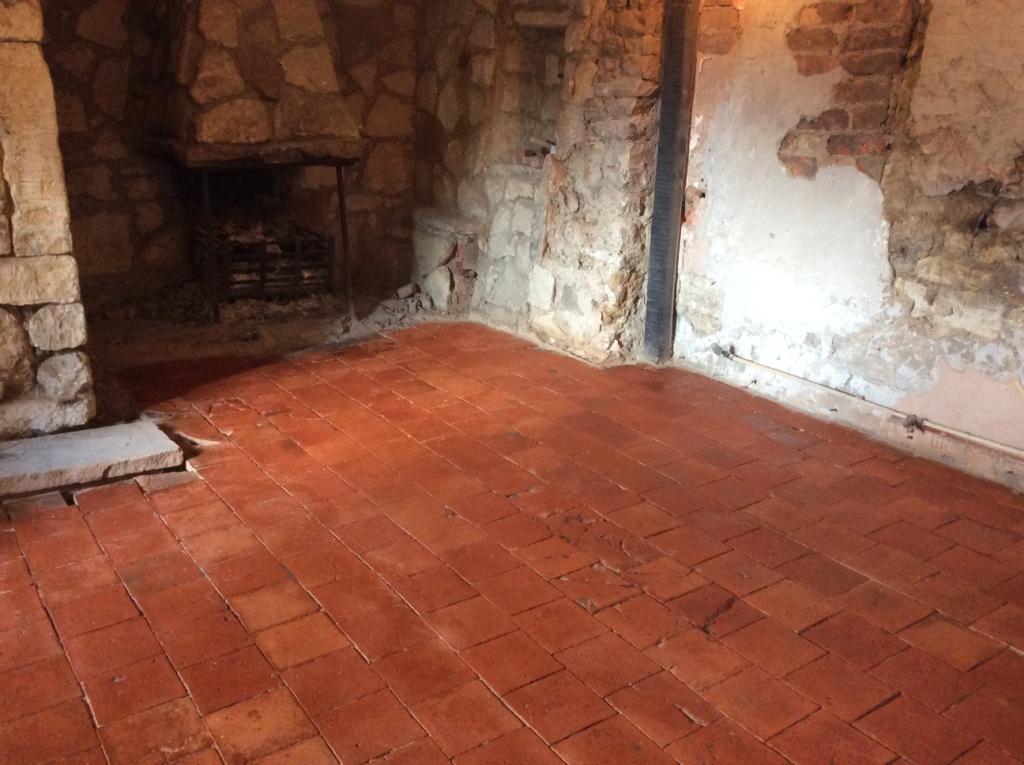

Professional Restoration on a antique Quarry Tiled Floor in Northamptonshire
350-Year Old Original Quarry Tiles Salvaged and Restored in Ringstead Read More »




